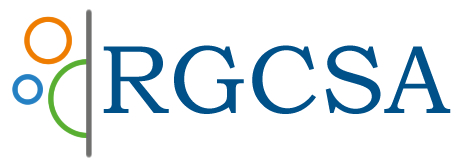Studies of astrology with univariate statistical designs have yielded inconclusive results. This thesis proposes the use of a multidimensional statistical model to examine astronomical concomitancies of human behavior
Birth data for the study were obtained from Alcoholics Anonymous members (n = 53) and a sample of the general population of Michigan (n = 217). The model was evaluated with these data using Discriminant Function Analysis. Hypotheses derived from the model were supported for group centroids (p < .00001) and group covariances (p < .03). The resulting function correctly classified 80.7 percent of the data from which it was derived (p < 10-16). The function also correctly classified 72.2 percent of a second sample (n = 230) of Michigan births (p < 10-10). By comparison, T-tests using the same data found 9.4 percent of the variables significant at the .05 level (p < .05). The findings support the use of a multidimensional model to evaluate astrological hypotheses about human behavior.
